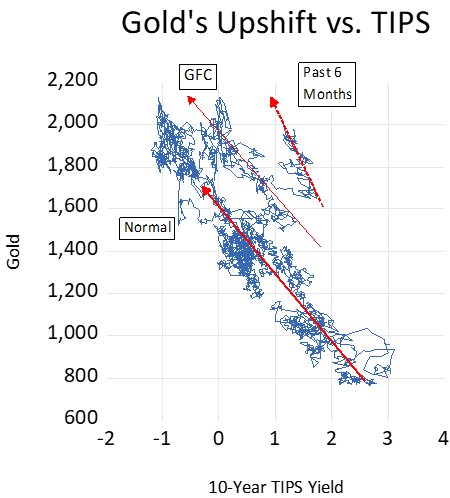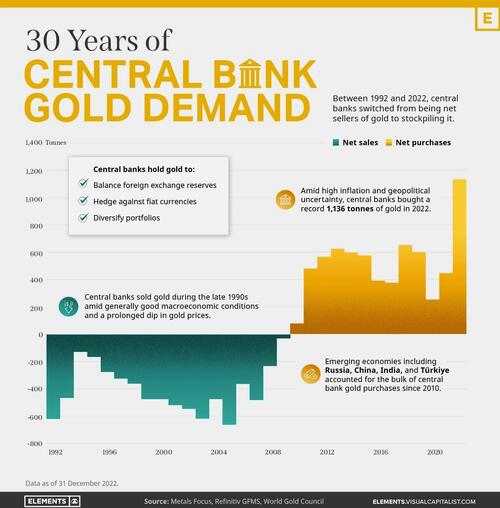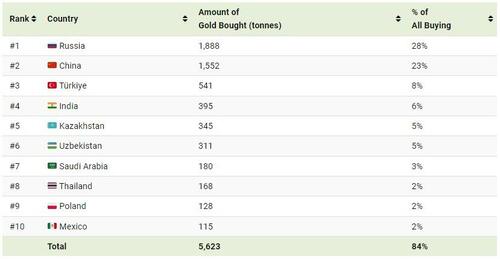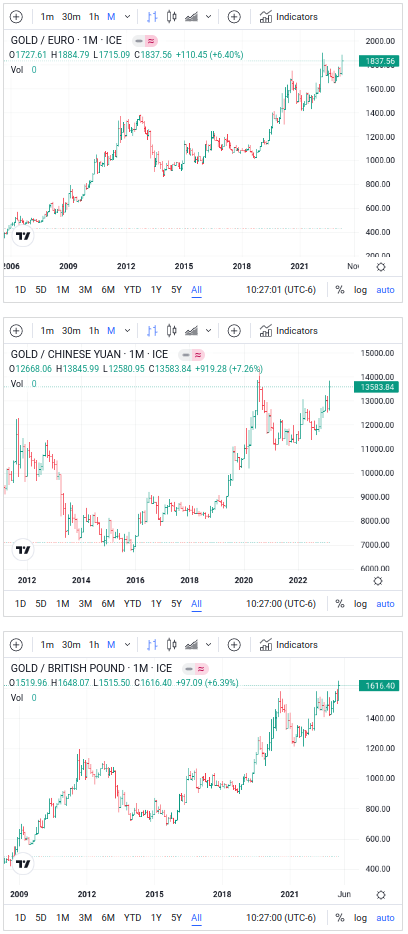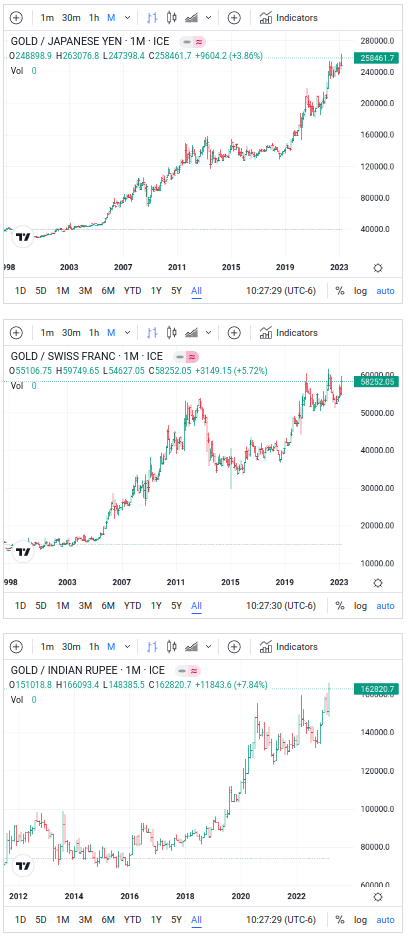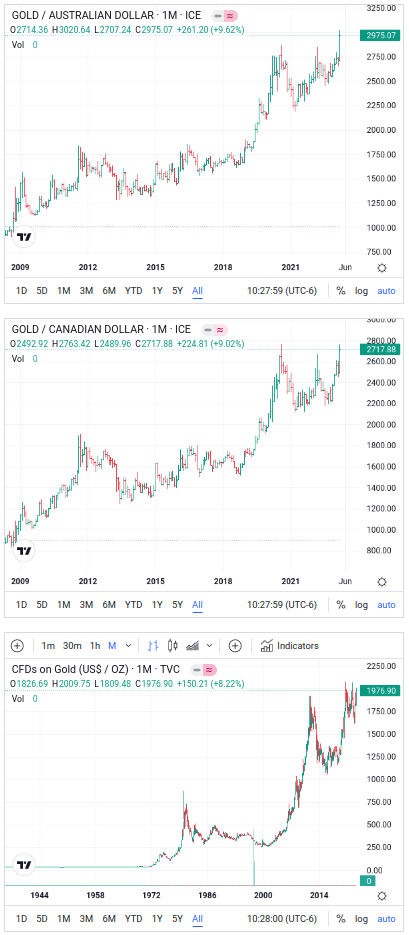If there’s one lesson we should have learned from the last several centuries, it’s that the last way you get efficiency (or even competence) is by setting up a monopoly with the power to enforce its monopoly and suppress competition. When that monopoly is coupled to the power of a coercive state, things only get worse, as the state can use the monopoly to reinforce its power and that power to protect its monopoly.
We wouldn’t expect progress in any field of technology if government had the monopoly of developing and delivering it. Even without the power of a state, compare the rate of innovation and performance/price in telecommunications during the century AT&T had essentially a monopoly versus the decades after it was broken up and opened to competition.
Why then, should we expect any better when the state is given a monopoly on the creation and distribution of money? Forty centuries of history demonstrate that whenever a state obtains a monopoly over creation of money within a territory, the inevitable consequence is that money being used as an means of looting those forced to use it, enrich the rulers, and maintain their control.
People were well aware of this when the Federal Reserve was pitched to control money in the U.S. They took care to make it look like it was not a top-down government monopoly, but rather composed of regional branches responsible to banks in their territory. Of course, this was a fraud, and starting immediately in 1913 the dollar began to depreciate.
The question isn’t what to use as monopoly money or who should control the monopoly but how to get rid of the monopoly entirely and allow free people to choose whatever they wish to use for the basic functions of money (store of value, medium of exchange, and unit of account), not necessarily using a single item for all functions. Before widespread government monopolies, people used all kinds of things for money and, when they interacted through trade, figured out how to exchange among them. This introduced friction in the system, but today it need be any more complicated than using a credit card denominated in one currency to order a product from another country to be shipped to you from a factory in a third.
Instead of allowing different monies to compete in a free market, central bank money monopolists are moving rapidly to reinforce their monopoly position and lock people into their funny money. Starting in July 2023, the Federal Reserve in the U.S. will begin to roll out “FedNow”, a system for electronic clearance of transactions between individuals and businesses. This will use their “dollars” and thus not be a central bank digital currency, but will have exactly the same consequences for privacy and civil liberties. All of your transactions can be monitored, assessed for taxation, and, if you offend the powers that be, then literally “your money is no good here”.
This is why people who see what’s coming are getting to the exits before they’re locked. What will be the best solution to replace the current corrupt and (literally) bankrupt system? Who knows? Who cares? Let the contenders fight it out in a free market, just as more than eight thousand exchange traded funds compete for investors’ money worldwide. Which is best? That depends upon the priorities of the investor. So it should be with money—there’s no more need for a single currency than a single government-run fund for all investors.
